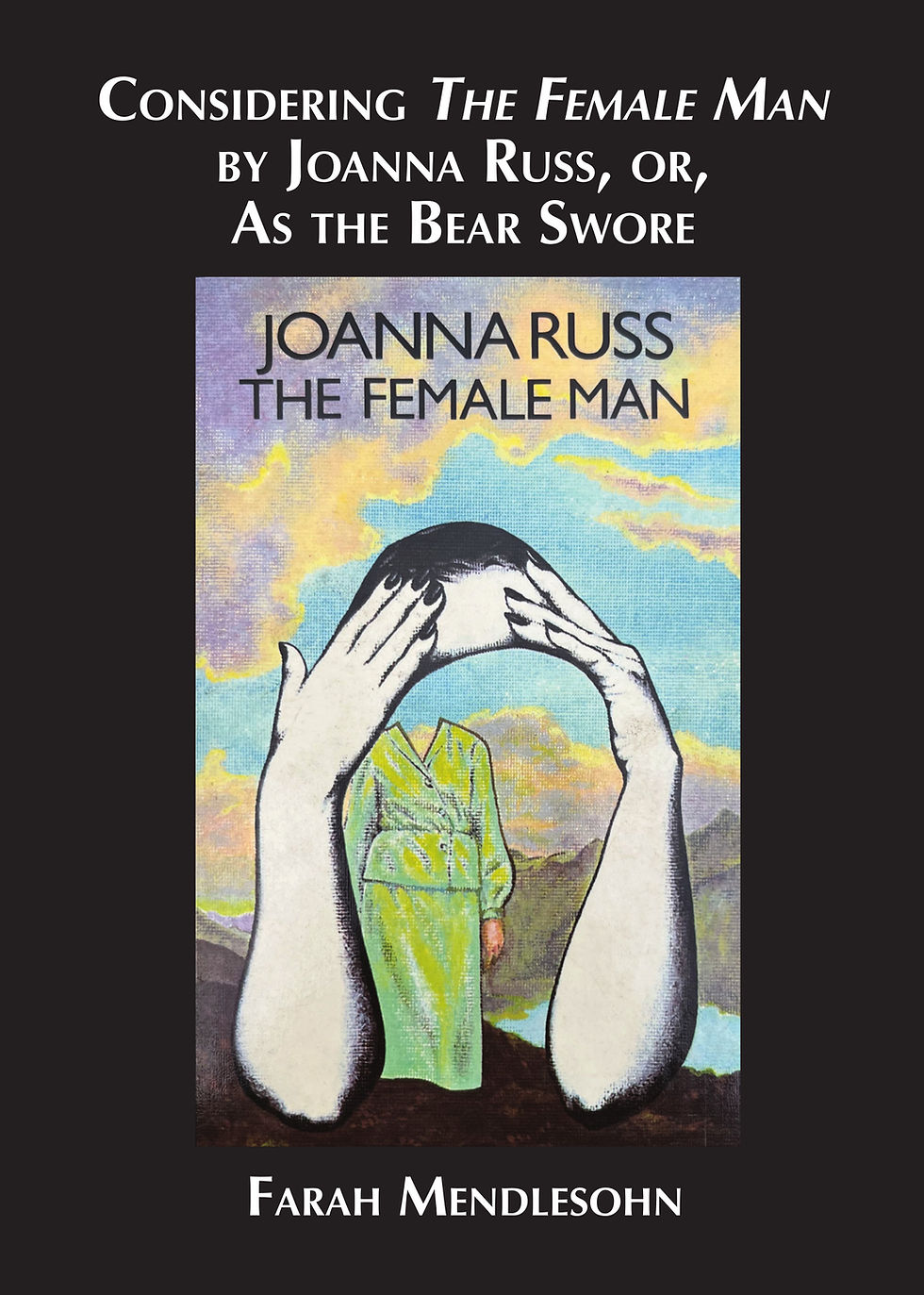Uncanny Bodies: City and Forest section
- Francesca T Barbini
- Jul 28, 2020
- 3 min read
This is the latest in a series of blogs I’m writing about the ‘Uncanny Bodies’ anthology co-edited by myself with Drs Gill Haddow and Fadhila Mazanderani. My previous blogs discuss the overall concept of the uncanny and explore the first section of the anthology, which examines how the phenomena of pain, illness and healing can render our own bodies as uncanny.
This second section of the anthology pans out wider, to consider our environment. The uncanny is not outright horror, it’s not zombies popping out from behind gravestones, nor ghosts in haunted houses. Rather, it can be a creeping sense of something being in the wrong place, or an absence of something in the right place. Perhaps the boundary between the personal and the wider environment can break down and become porous. Where do ‘we’ end and our surroundings start?
This project was conceived by us three editors while based in STIS; the science, technology and innovation studies unit at the University of Edinburgh. Edinburgh has an illustrious history of medical advances, and STIS is physically located in Old Surgeons Hall where the city’s surgeons met from 1697 to 1832. This medical subtext to the city is explored in Christine De Luca’s story ‘A Bed of My Own’ in which the narrator gives an evocative account of medical students dissecting cadavers. But what starts as an apparently straightforward reminiscence of student days becomes more disturbing and more complex:
One moment forever imprinted in my memory is the night I woke suddenly to find Agnes moving her soft fingers slowly down my arm, from shoulder to finger tips. I froze. She seemed to be sleeping, or perhaps dreaming. She felt all the bones of my hand – and each finger – gently. Then she started muttering as she moved her hand up and down my arm: the words were indistinct but I recognised them from our conversation after tea. Median – lateral, shoulder to hand; musculocutaneous – shoulder to elbow, branching; ulnar – to and from muscles and skin of hands; palmar – sides of digits, radial – to muscles on back of arms, and skin.
Eris Young’s story ‘Little Cat in the Bronx’ takes us to 1950s America, and examines how the assumptions of a married man, who expects his domestic life to be ordered solely for his benefit, are overturned. In this story it is the most mundane domestic setting which has the power to estrange:
He went back to the kitchen. They were out of wonderbread and the refrigerator was full of ingredients: raw cuts of meat and bundles of vegetables and a translucent mound of aspic, waiting to be dressed, everything waiting to be made edible by Kat and her devices. He was very hungry and the hunger made him feel shaky and nervous. Where was dinner? Where was Kat?
Dr Donna McCormack’s essay ‘The Haunted House, or the Other in the Self’ examines the paradoxical situation of an organ transplanted into a live human. Has the recipient’s body become a haunted house because something dead has now taken up residence in it? And yet this organ is now responsible for keeping its host alive.
The works here don’t just focus on urban or suburban settings. Wild places, such as forests, evoke a range of human emotions from wonder and solace, to fear. In Sarah Stewart’s poem ‘The Dark Forest’ the narrator expects the environment to provide a suitable background for future happiness. But how is the forest conceptualised? As something dead to be harvested and used by humans:
We are in the cabin again,
built from halved logs raw
and dripping sap. The clock
has stopped – the cuckoo
sits half-out of his carved chalet.






Comments